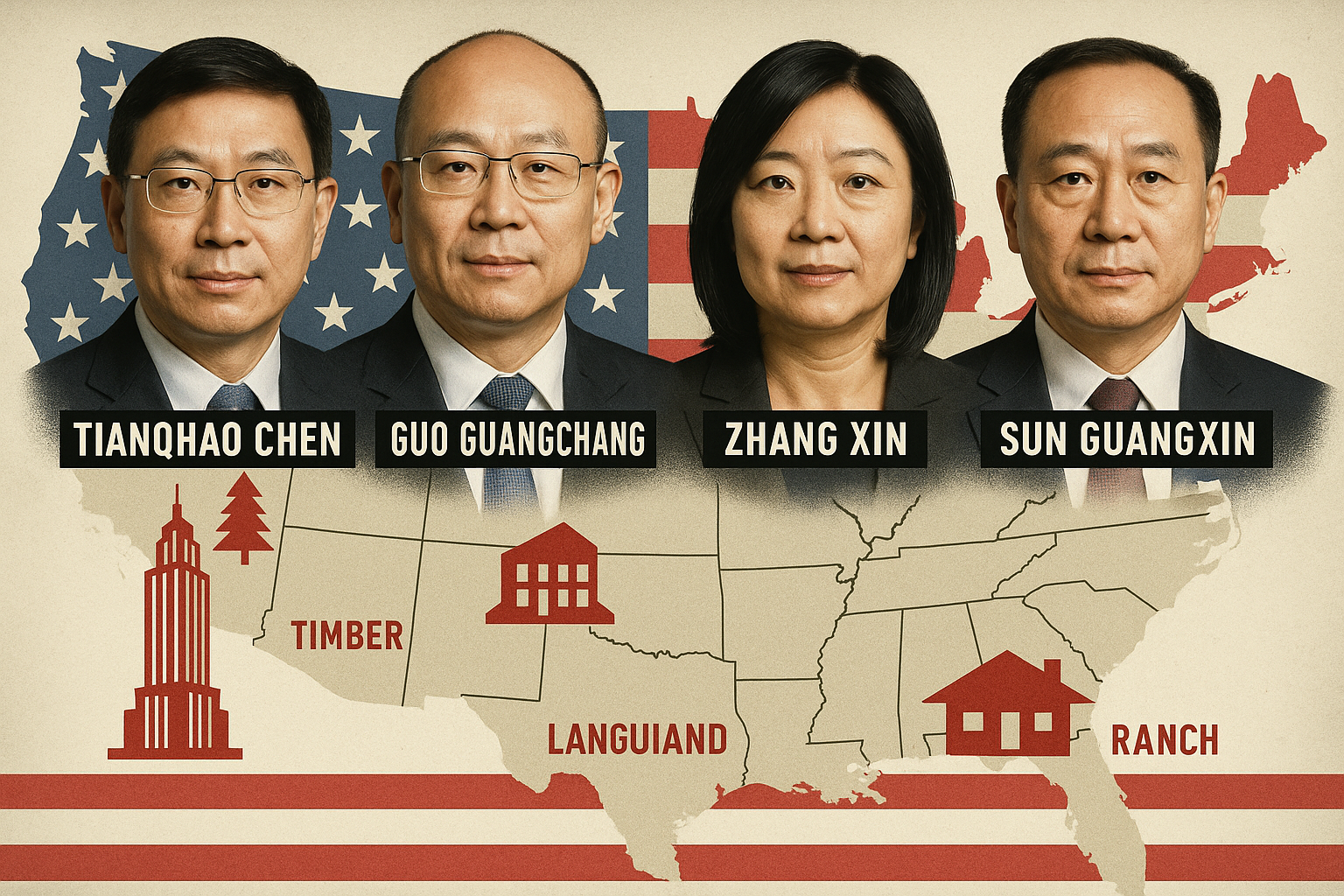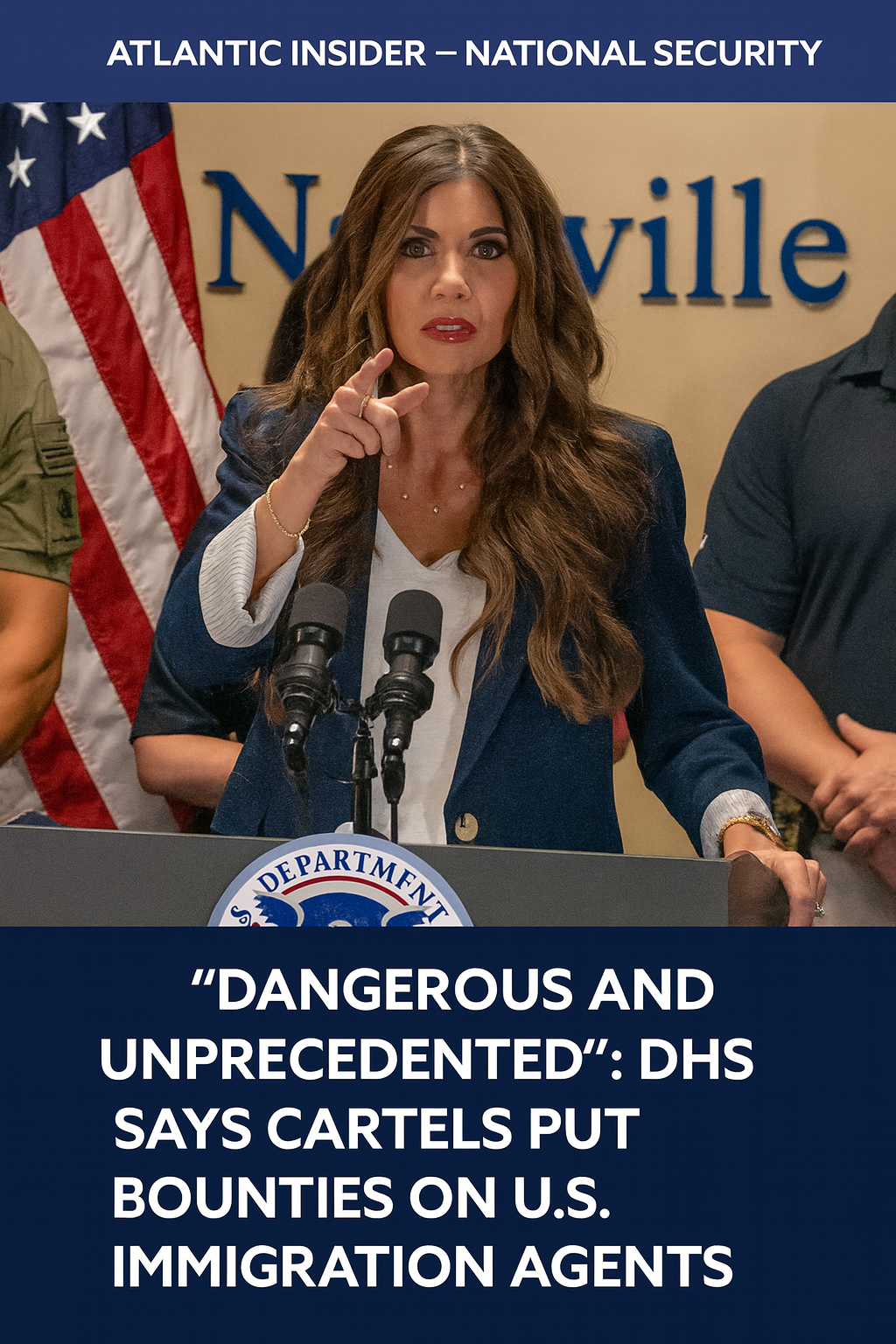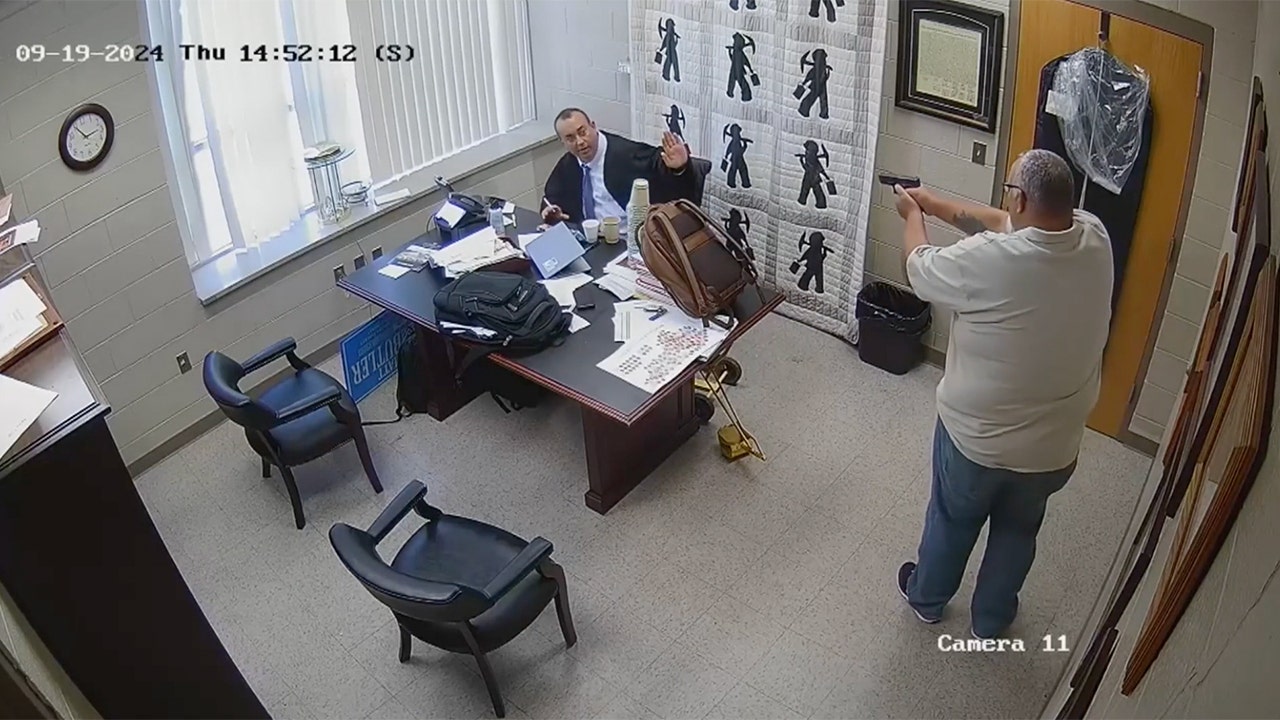From Fifth Avenue to the Flightline: Chinese Money, U.S. Land, and the National‑Security Map No One Showed You
The story begins with a map—not the familiar red‑and‑blue of an election night, but a scatterplot of timber tracts in Oregon, a shimmering plaza in Lower Manhattan, and a huge swath of ranchland west of San Antonio. Each parcel is traceable, through shell companies and family trusts, to fortunes made in China. And each parcel, in its own way, has been drafted into America’s latest security argument: who gets to own what, and where.
In Oregon, Tianqiao Chen has quietly amassed nearly 198,000 acres of timberland—placing him among the largest private landowners in the country. In Lower Manhattan, Fosun International, chaired by Guo Guangchang, bought the iconic One Chase Manhattan Plaza (now 28 Liberty) for $725 million. And on Fifth Avenue, the family trust of Zhang Xin, cofounder of SOHO China, holds a 40% stake in the GM Building.
Then in Texas, entities linked to Sun Guangxin acquired over 130,000 acres of ranchland in Val Verde County near Laughlin Air Force Base, initially aiming to build a wind farm. That project was later sold, but the land remains a source of geopolitical tension and legal scrutiny.
The Conspiracy‑Adjacent Claims — Fact‑Checked
“They’re buying up farmland to control America’s food supply.”
While foreign entities own about 3.5% of U.S. agricultural land, China’s share is minute—well under 1%. Most is owned by Canadian and European investors. The panic, though headline-friendly, overstates China’s footprint.
“They’re targeting land near military bases on purpose.”
This claim has some credibility. The Fufeng Group corn mill project in North Dakota was blocked by city officials after the Air Force warned of national security risks. In Texas, the Blue Hills wind farm project triggered similar responses. New federal rules now give CFIUS (the Committee on Foreign Investment in the United States) authority to scrutinize real estate deals near military installations—even if no company is being acquired.
“Shell companies are hiding the real owners.”
True to a degree. Many of these purchases are routed through LLCs and trusts. That’s why FinCEN (Financial Crimes Enforcement Network) is implementing new rules for transparency in real estate, particularly for all-cash purchases.
Trump’s “I Told You So” Moment
Former President Donald Trump long warned that China shouldn’t be allowed to buy American farmland. In 2025, the Biden administration echoed that sentiment by proposing new rules to block China-linked farmland deals. At the same time, states like Texas, Florida, and North Dakota passed their own restrictions.
Critics call these policies xenophobic. Supporters say they’re essential safeguards. Either way, the U.S. government has shifted from reactive to proactive when it comes to land ownership by foreign adversaries.
The Billionaires and the Buildings
- Fosun’s 28 Liberty Street (NYC): Still owned and operated by Fosun, this skyscraper was bought in 2013 for $725 million.
- GM Building stake: Zhang Xin’s family trust holds 40%, acquired in a landmark 2013 deal alongside the Safra family.
- Waldorf Astoria: Purchased by Anbang Insurance for $1.95 billion in 2014. Now controlled by Dajia Insurance, a state-owned successor, after China seized Anbang.
- Texas ranch land: Sun Guangxin's land remains near a key Air Force base. The wind project was blocked, but the land hasn’t changed hands.
What the Conspiracy Theories Get Right—and Wrong
Right: Location matters. Real estate near military assets is getting heightened scrutiny, even if the intent behind the deal is unclear.
Wrong: There is no coordinated plot to buy up the U.S. from the inside out. Many billionaires who once invested heavily in U.S. real estate—like Wang Jianlin and HNA Group—have since pulled out or collapsed under debt.
Where This Goes Next
New policies and expanded review zones mean that many future foreign real estate investments will be blocked or reversed. FinCEN is rolling out nationwide reporting for all-cash residential transactions via LLCs starting December 2025. CFIUS now covers hundreds of military-adjacent zones.
For now, Chinese ownership of U.S. land remains small in volume—but oversized in political symbolism. Trump may not have been entirely wrong. But the map is far more nuanced than the slogans.
Editor’s Note: This article reflects ownership data and regulatory changes as of August 2025. Facts have been verified through property records, public filings, and government statements.







%20(12).png)

